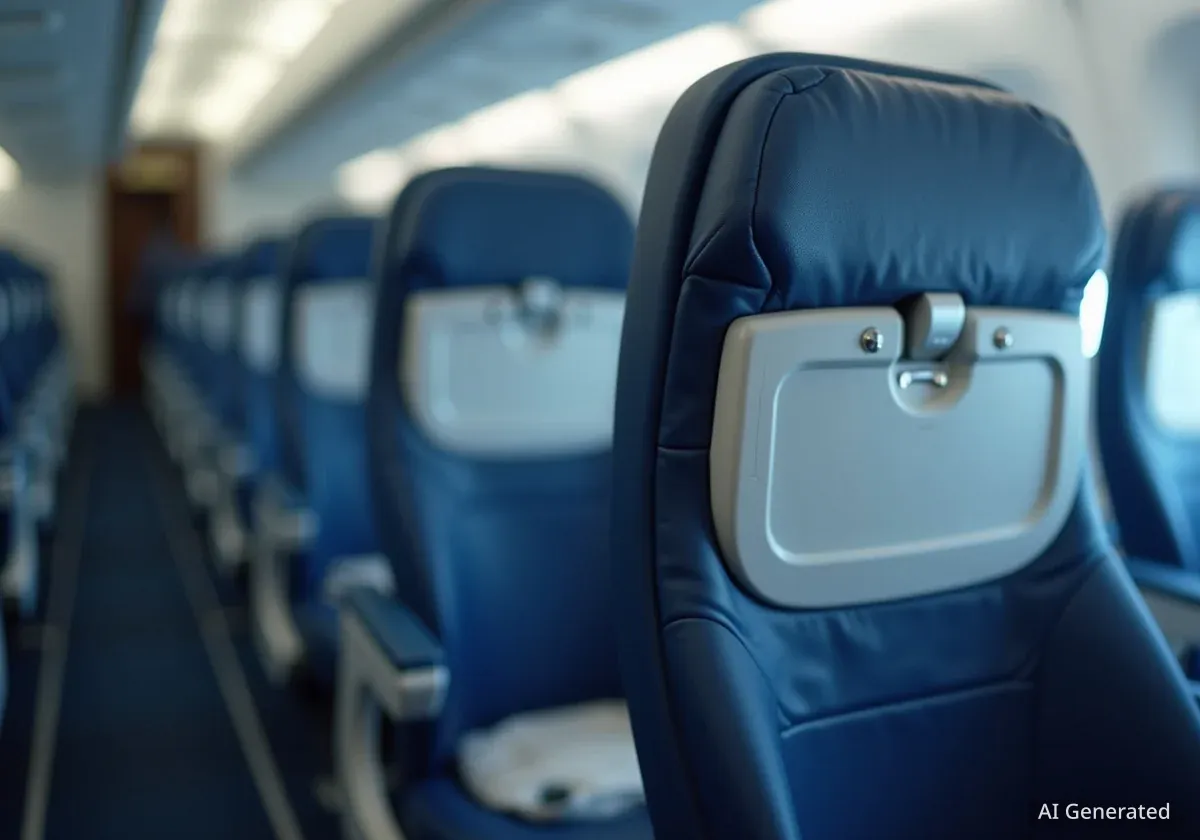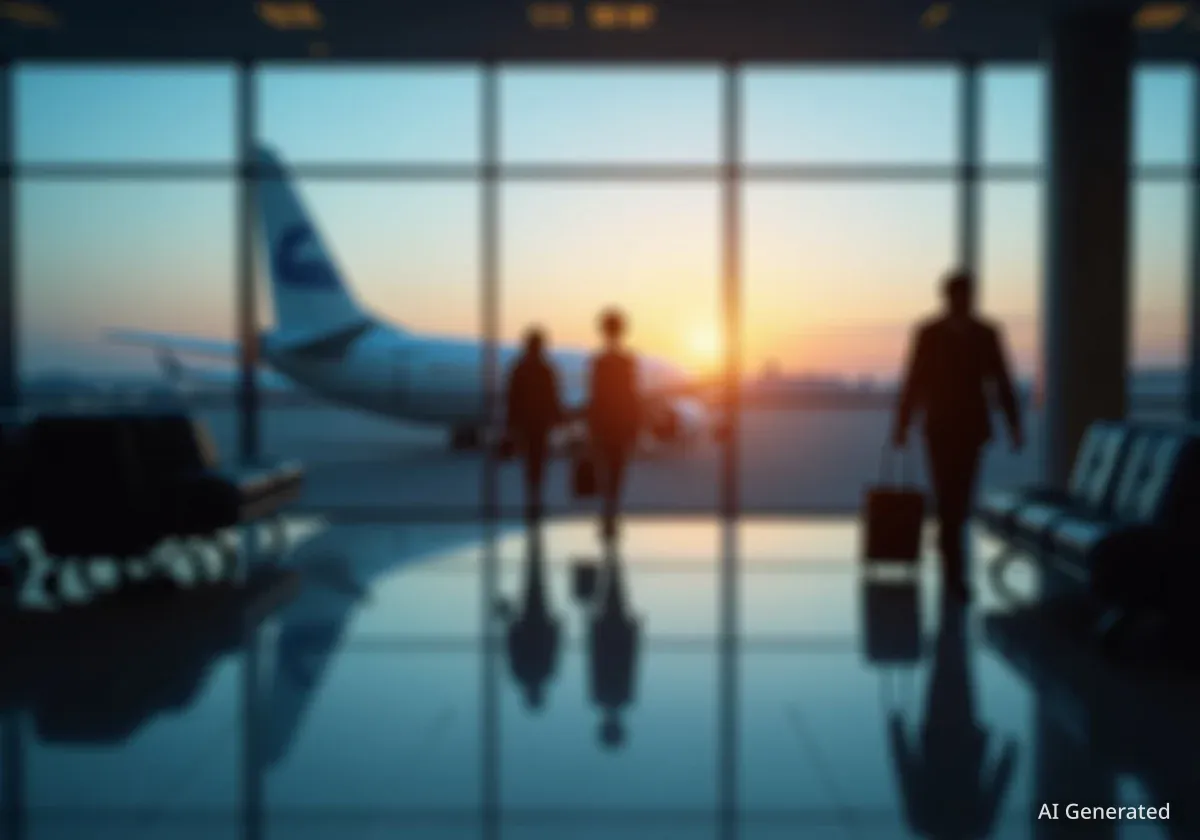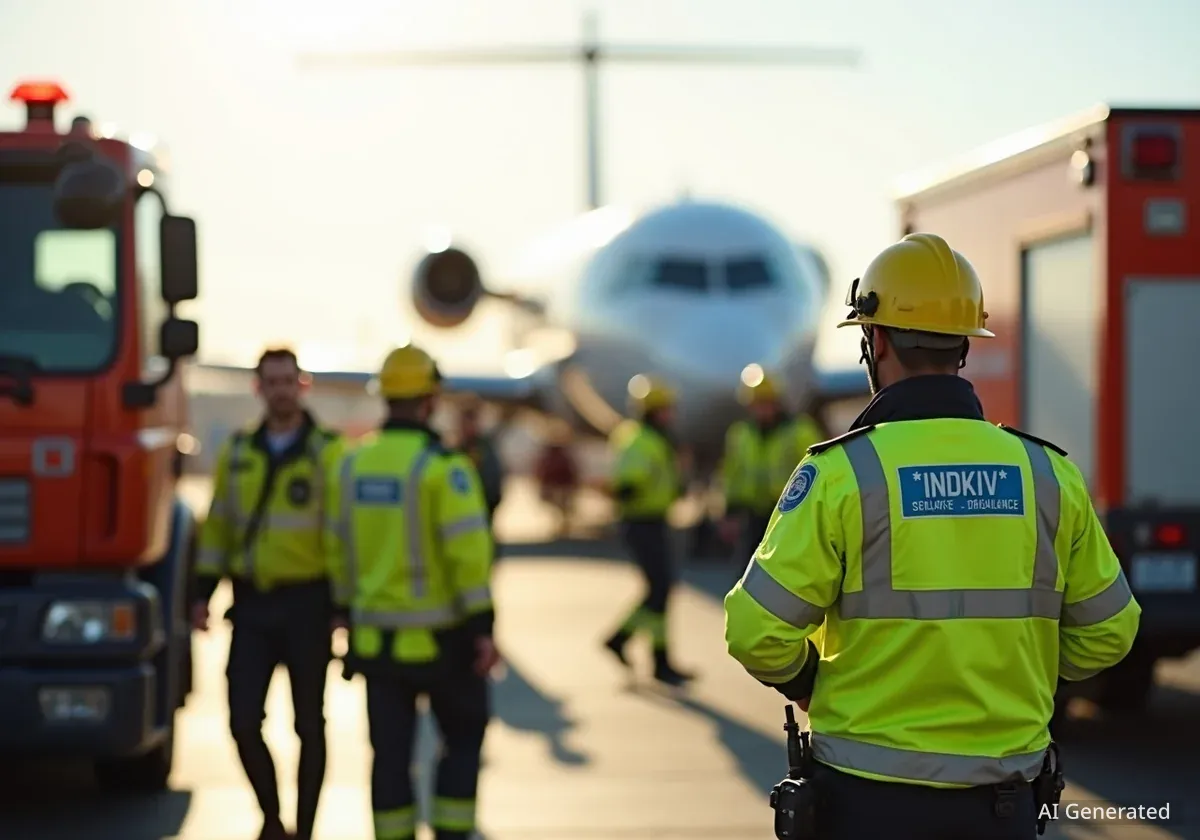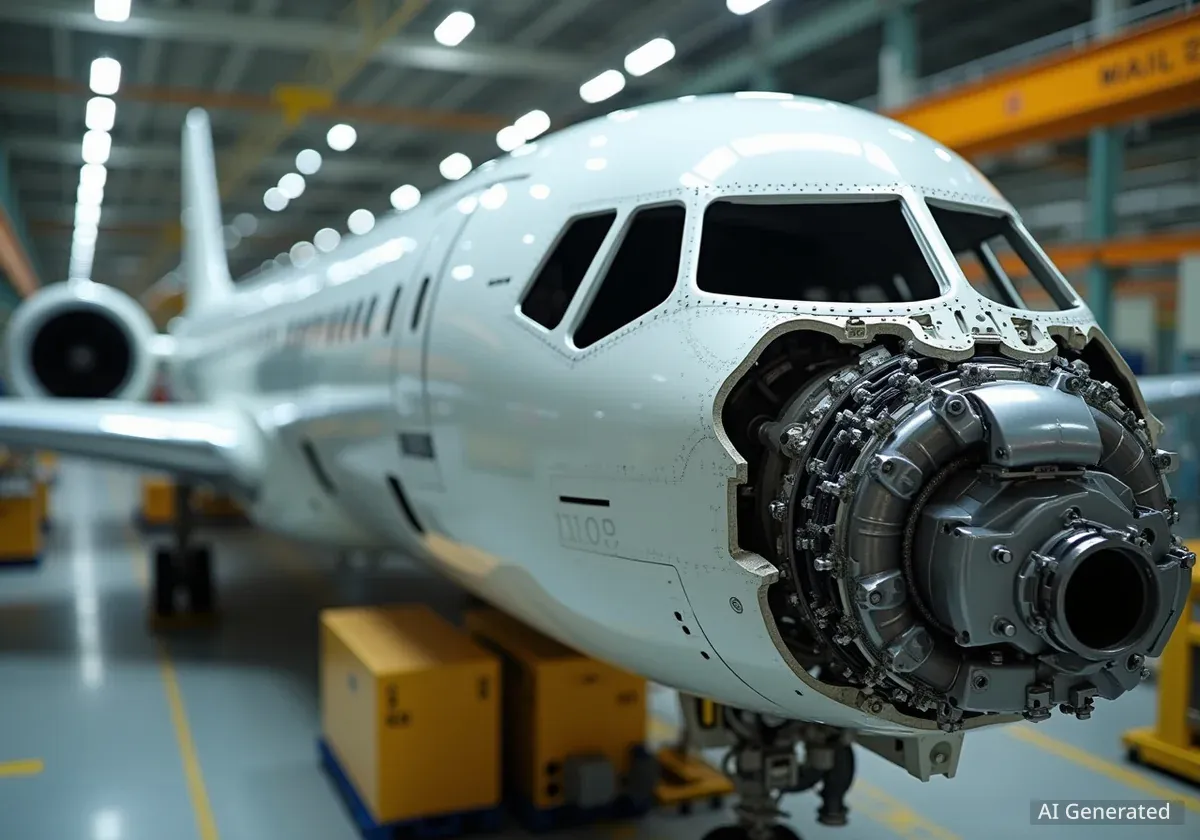Canadian airline WestJet has announced plans to introduce a new cabin configuration that will require passengers to pay an additional fee for seats that recline. The changes, set to take effect in October 2025, will limit the reclining feature to a new, smaller premium cabin, while seats in the economy section will be fixed in an upright position.
Key Takeaways
- WestJet will begin charging for reclining seats starting in October 2025 as part of a new cabin design.
- Only 12 seats in a new "Premium" cabin will have the ability to recline.
- The economy cabin will be divided into sections with varying legroom, but no seats will recline.
- The move has drawn criticism from passenger advocates who see it as charging for a previously standard feature.
- This change comes amid broader industry trends of decreasing seat space and increasing ancillary fees.
Details of the New Cabin Configuration
WestJet's updated aircraft interiors will feature a multi-tiered seating arrangement. The airline has confirmed the plan is to offer premium cabin seating, which includes the reclining function, at an additional cost to the standard airfare.
According to the airline, the reconfigured cabin is designed to provide options for different budgets. The aircraft will be divided into several distinct sections:
- Premium Cabin: This exclusive section will contain just 12 seats. Passengers who purchase these seats will have access to features including the ability to recline, adjustable headrests, and what the airline describes as enhanced cushion and back support.
- Extended Comfort: Located directly behind the premium section, this area will feature 36 seats. While these seats will not recline, they will offer additional legroom. A cabin divider will separate this section from the premium cabin.
- Standard Economy: The rear of the economy cabin, specifically rows 20-31, will have the least amount of space. Rows 15-19 will offer slightly more room than the rearmost seats.
Airline Justification for the Changes
WestJet officials have framed the redesign as a way to meet diverse customer demands. In a statement, the airline emphasized its commitment to offering a range of products to suit different price points.
"The cabin has been thoughtfully designed to offer WestJet’s welcoming service at every budget. It reflects our commitment to elevating every aspect of the travel experience and meeting guest demand for a broader range of product offerings."
Reaction from Passengers and Industry Experts
The announcement has prompted concern among travelers and aviation experts, who view the move as another step in the unbundling of standard airline services. Many see it as charging extra for a basic comfort that was once included in the price of a ticket.
John Gradek, an aviation lecturer at McGill University, provided analysis in an interview with CBC. He suggested that airlines are creating a perception of added value where none exists, effectively making customers pay more to regain lost features.
"The imagination of airline marketers never stops to astound me," Gradek stated. "Right now, it’s like you pay more to get what you had."
This sentiment is shared by many passengers who already face numerous extra fees for services like checked baggage, seat selection, and in-flight meals. The removal of reclining seats from the standard economy cabin is seen as a further reduction in basic comfort levels.
A Growing Trend in Air Travel
The practice of charging for amenities that were once standard is known as ancillary revenue generation. Airlines globally have increasingly relied on these fees to boost profits, covering everything from carry-on bags to printing a boarding pass at the airport.
The Broader Context of Shrinking Airline Seats
WestJet's new policy is part of a larger, industry-wide trend of modifying cabin layouts to maximize passenger capacity and revenue. Over the past few decades, both seat pitch (the distance between rows) and seat width have steadily decreased on many airlines.
This trend has not gone unnoticed by the public or regulators. In 2022, the U.S. Federal Aviation Administration (FAA) sought public comment on the issue of minimum seat dimensions on commercial aircraft. The agency received an overwhelming response, with over 26,000 submissions from concerned travelers.
Passenger Feedback on Seat Sizes
An analysis of the comments submitted to the FAA revealed significant public frustration. According to CBS News, the word "torture" was used by more than 200 commenters to describe the experience of flying in cramped economy seats. Many expressed concerns not only about physical discomfort but also about safety.
Key concerns raised by the public included:
- The physical stress and health implications of being confined to small spaces for extended periods.
- Difficulties for taller or larger passengers to fit into standard seats.
- Potential safety risks related to the ability to evacuate an aircraft quickly in an emergency.
Currently, there are no federal rules in the United States or Canada that mandate minimum seat dimensions for passenger comfort. Regulations are primarily focused on ensuring that cabin layouts allow for safe evacuation. WestJet's decision to eliminate reclining seats in economy aligns with this trend of prioritizing seat density over passenger comfort features that were once standard.





